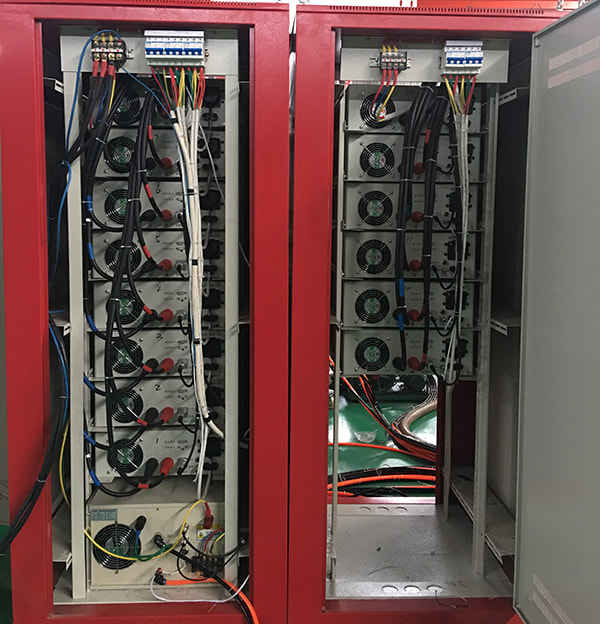Product Consultation
Your email address will not be published. Required fields are marked *

Multi-arc ion & sputtering coatings can be deposited in a wide range of colors. The rang of colors can be further enhanced by introducing reactive gases into the chamber during the deposition process. The widely used reactive gases for decorative coatings are nitrogen, oxygen, argon or acetylene. The decorative coatings are produced in a certain color range, depending on the metal-to-gas ratio in the coating and the structure of the coating. Both of these factors can be altered by changing the deposition parameters.
Prior to deposition, the parts are cleaned so the surface is free of dust or chemical impurities. Once the coating process has started, all the relevant process parameters are continuously monitored and controlled by an automatic computer control system.
• Substrate Material: Glass, Metal (carbon steel, stainless steel, brass),Ceramics, Plastic, Jewelry.
• Structure Type: Vertical structure, #304 Stainless Steel.
• Coating Film: Multi-functional metal film, composite film, transparent conductive film, reflectance-increasing film, electromagnetic shielding film, decorative film.
• Film Color: multi colors, gun black, titanium golden color, rose golden color, stainless steel color, purple color, dark black, dark blue and other more colors.
• Film type: TiN, CrN, ZrN, TiCN, TiCrN, TiNC, TiALN and DLC.
• Consumables in production: Titanium, Chromium, Zirconium, Iron, alloy target; plane target, cylindrical target, twin target, opposite target.
Your email address will not be published. Required fields are marked *
 Tel: +86-13486478562
Tel: +86-13486478562 FAX: +86-574-62496601
FAX: +86-574-62496601 Email: [email protected]
Email: [email protected] Address: No. 79 West Jinniu Road, Yuyao, Ningbo City, Zhejiang Provice, China
Address: No. 79 West Jinniu Road, Yuyao, Ningbo City, Zhejiang Provice, China OEM/ODM PVD Coater Manufacturers
OEM/ODM PVD Coater Manufacturers